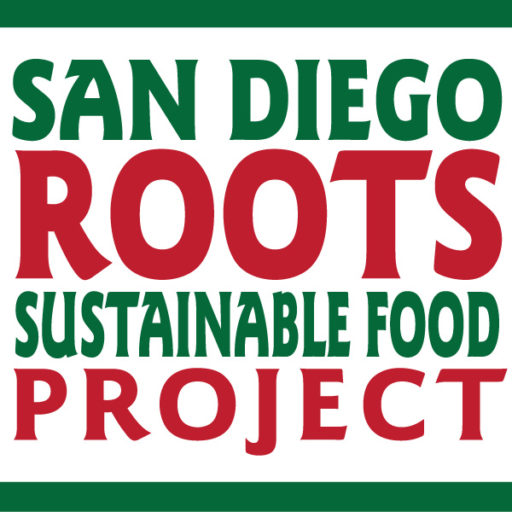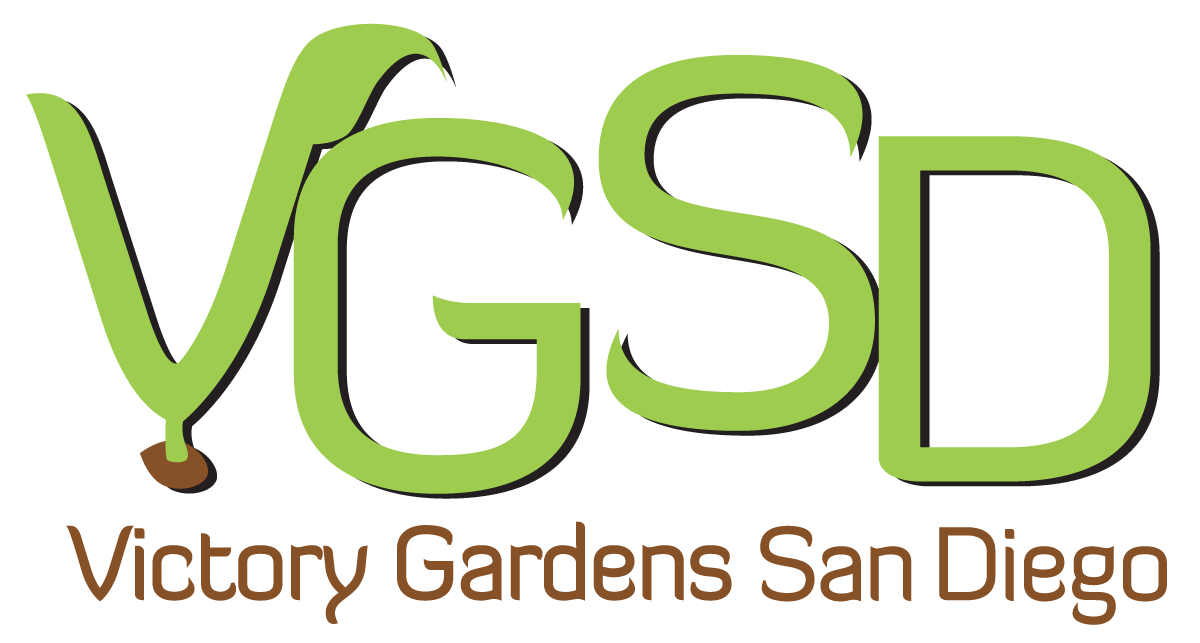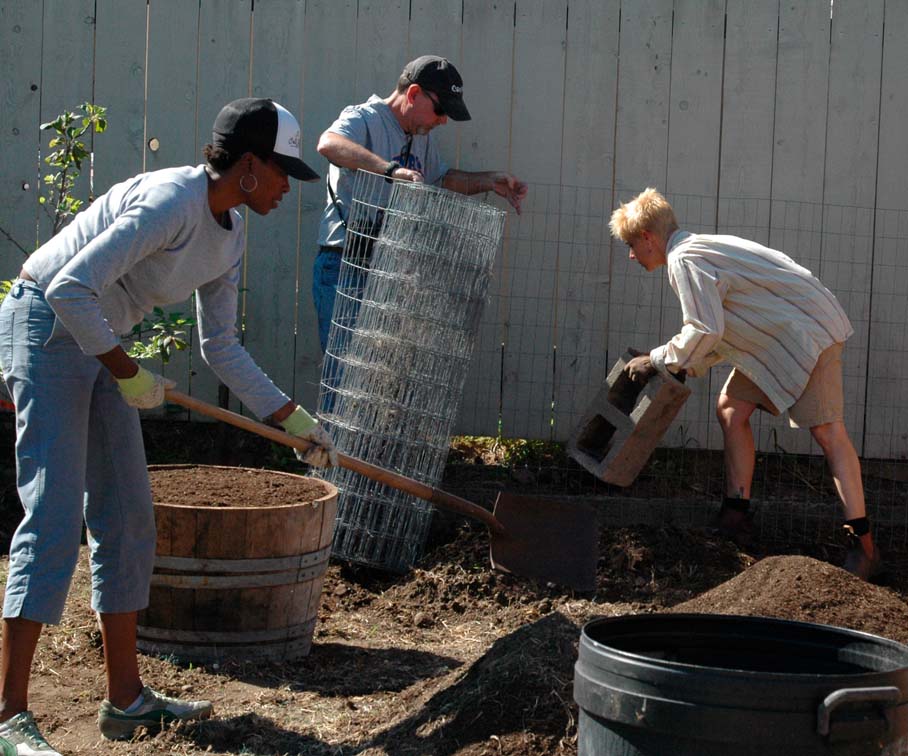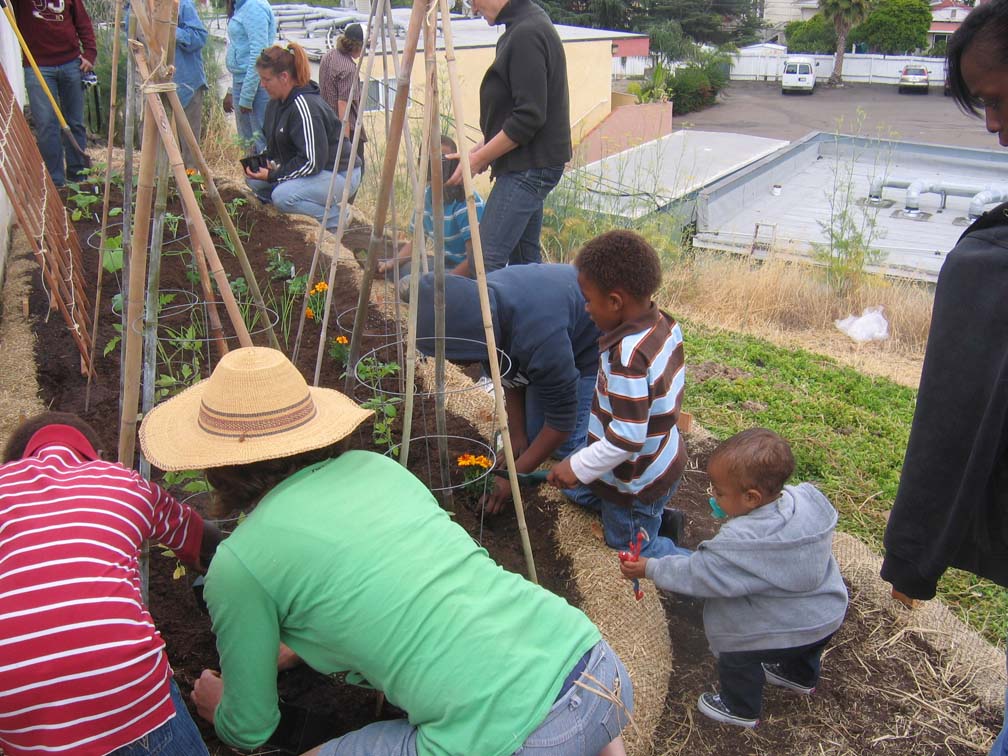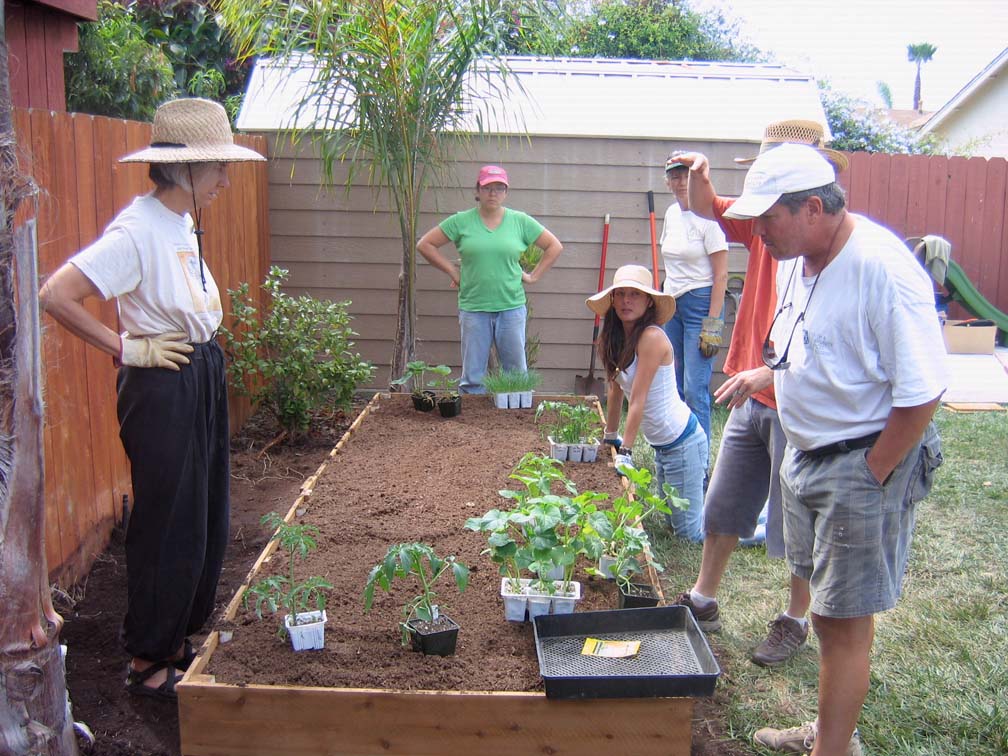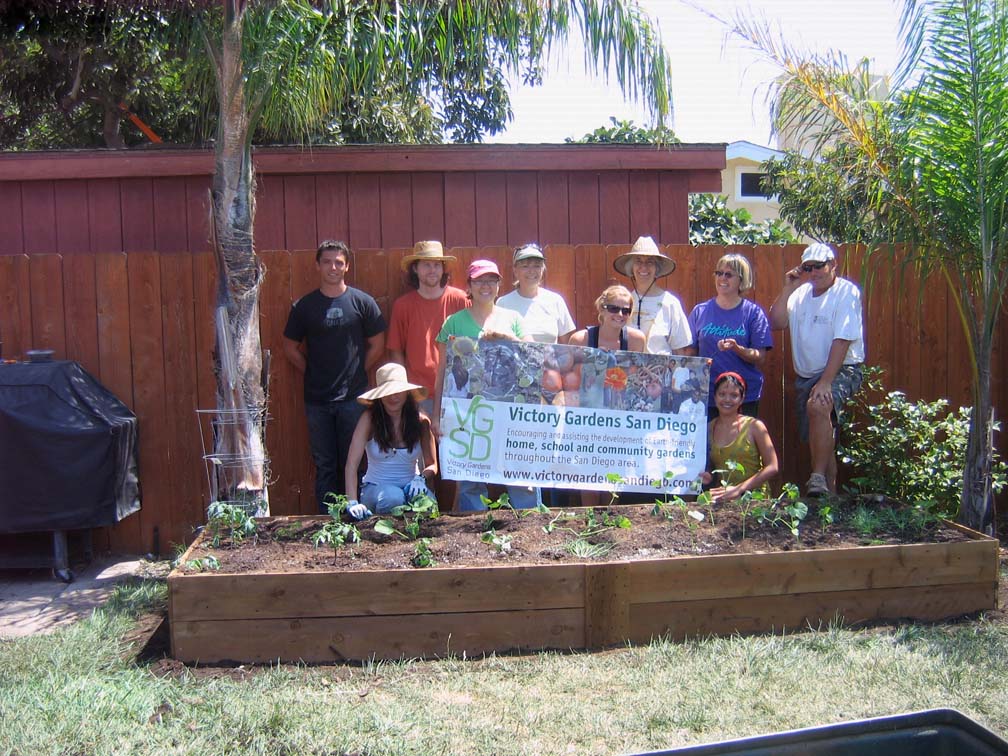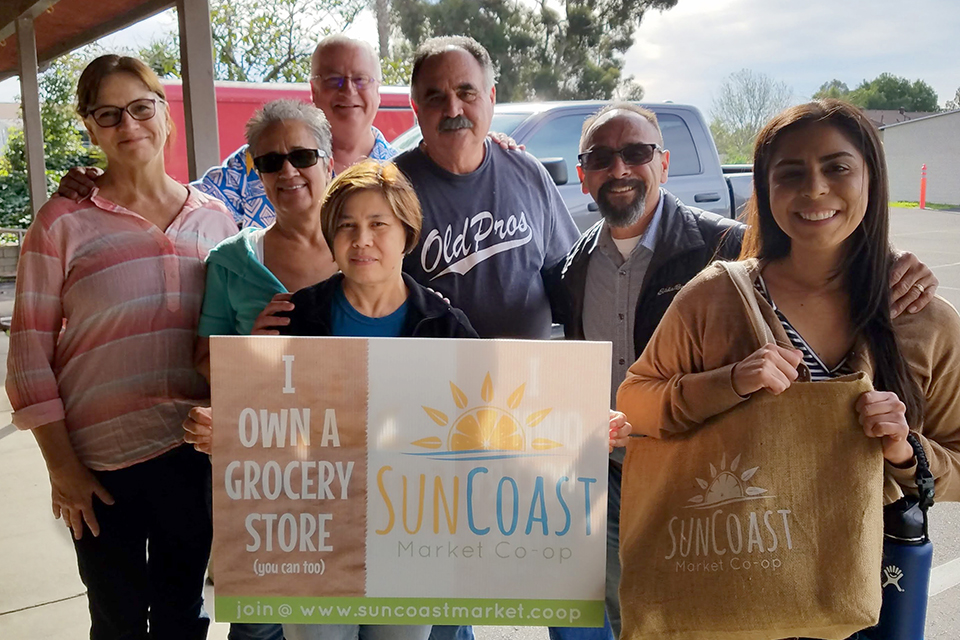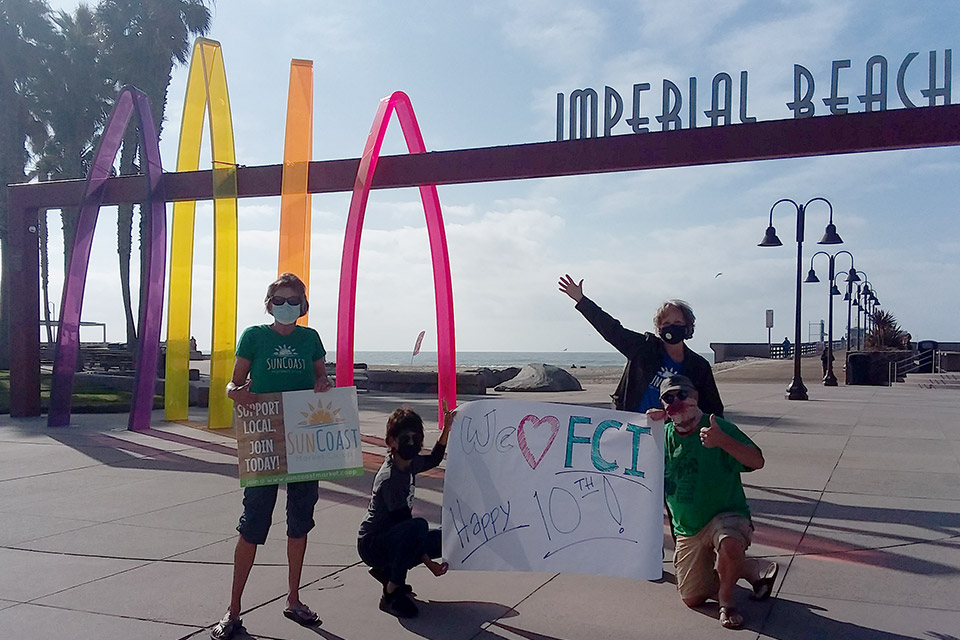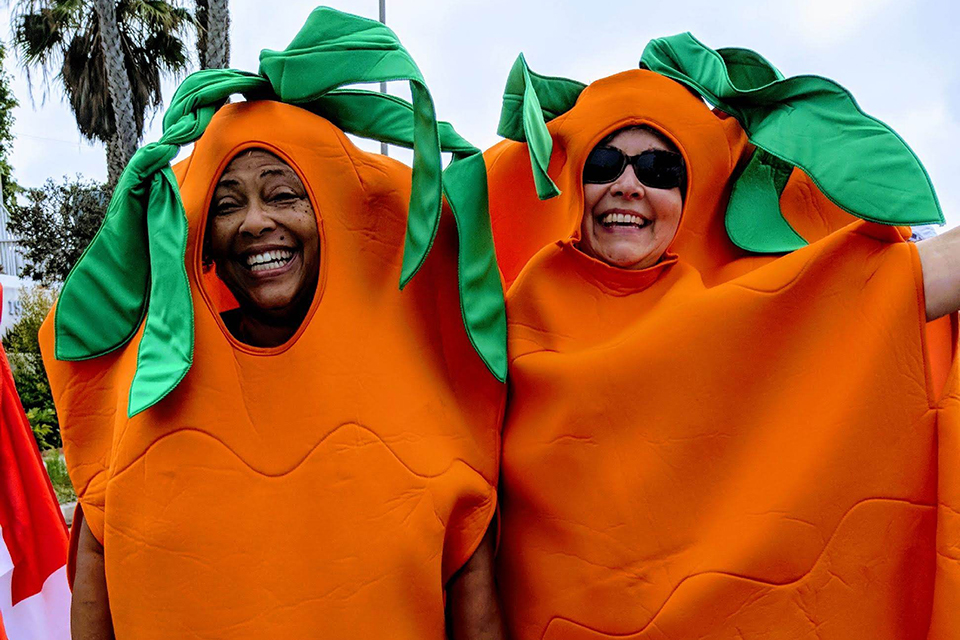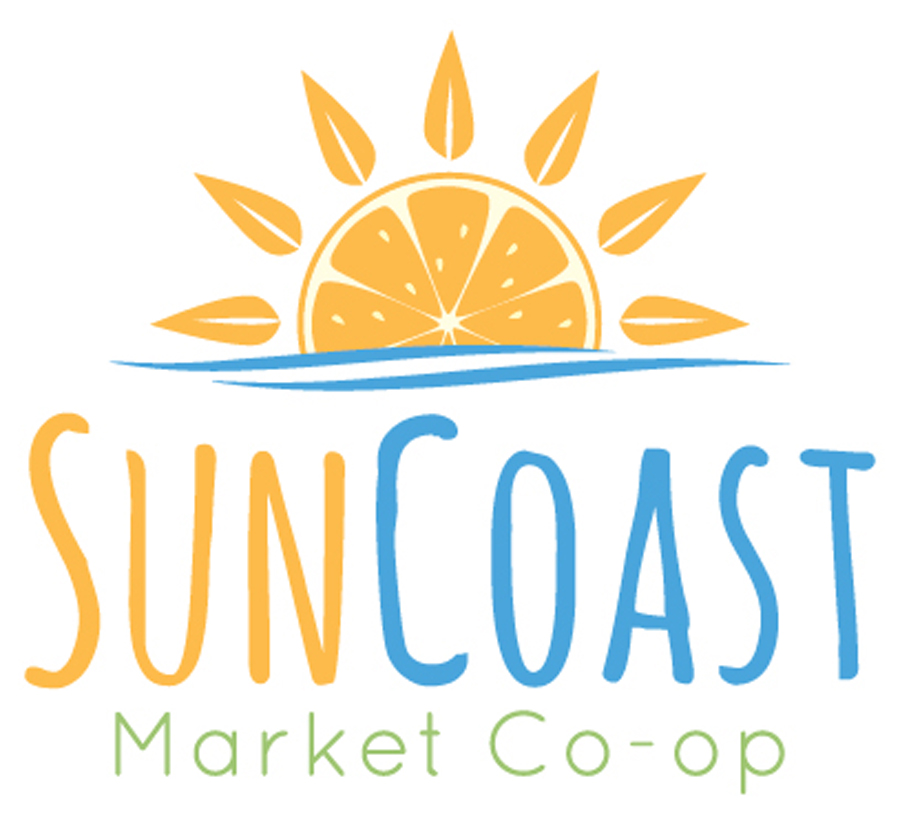San Diego Roots’ History
2001: One day a farmer called…
Our work began in 2001 as an unincorporated affiliation of citizens, farmers, chefs, gardeners, teachers, and students who one day got a call from a friend, a farmer. He gathered us to tell us that the land he was farming was for sale, with a buyer interested in converting the land to a polo field surrounded by McMansions. He suggested that perhaps the community might want to buy the land instead, to save this farm and preserve an irreplaceable agricultural resource.
The large parcel had been farmed for about 100 years, mostly growing hay but also had a few acres leased to Good Faith Farm (our organic farmer-friend), who grew a wide variety of vegetables in demand by the top chefs and shoppers at farmers markets. Working with Ocean Beach People’s Food Co-op, the farm developed a field trip program for school kids and built a CSA program that fed dozens of families weekly. This farm embraced the community they fed and was embraced back.
The property, a mere 30-minute drive from downtown San Diego, had been put up for sale at a price only affordable to a developer, a predicament for a lot of farmland in Southern California. Inspired to see if we could buy the land, we formed a working group called A Local Organic Farmland Trust (ALOFT) and began exploring how to buy the property. Our challenge was immense: we needed to raise about 8 million dollars in a year.
Seeing the need for professional land trust advice and affiliation, we approached the Back Country Land Trust (BCLT), a 501(c)3 non-profit organization, which modified its mission statement to include the preservation of local farmland and adopted ALOFT as a project working under its non-profit umbrella.
Our intention was to purchase the land, put it into an agricultural trust, and lease it out to several small, local farmers. To further our educational goals, we wanted to create a farm education center on the property, offering our community a center where they could learn where their food comes from.
We immediately began running public-awareness programs about the issue, including farm tours, educational lunches with fresh-picked ingredients, tabling at events, school and business outreach.
When asking people for their support, the most common response was, “Why? There’s plenty of food in the stores, why should I support a tiny farm I’ve never heard of?”
This made us realize our issue was much bigger than preserving one small farm — generally speaking people didn’t understand how threatened small farms are, and how important they are to our community’s health, economy, and the nature of our urban and backcountry landscapes. Our area’s local farmers lacked a voice advocating for the value and vitality of locally grown produce.
Despite our efforts, we were unable to buy the land, which was sold to local developers, ending over 100 years of farming and ranching on this property.
After losing the farm we formed to save, rather than shutting down, in 2005 we redoubled our efforts and renamed ourselves San Diego Roots Sustainable Food Project, and focused on educating the public about the importance of local farms and locally produced food, and helping people find local sources for their food. We became the voice for small farming.

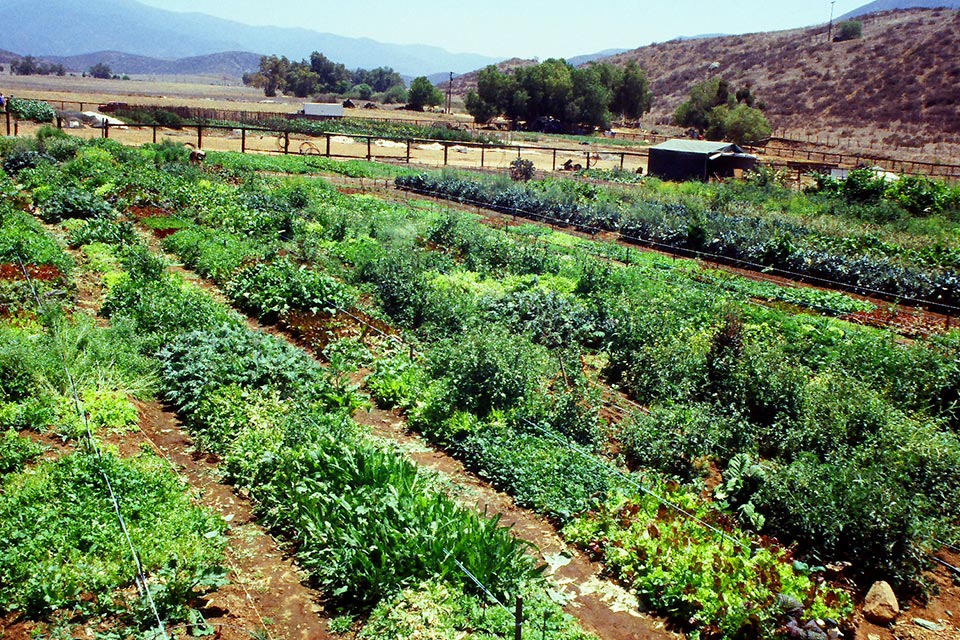
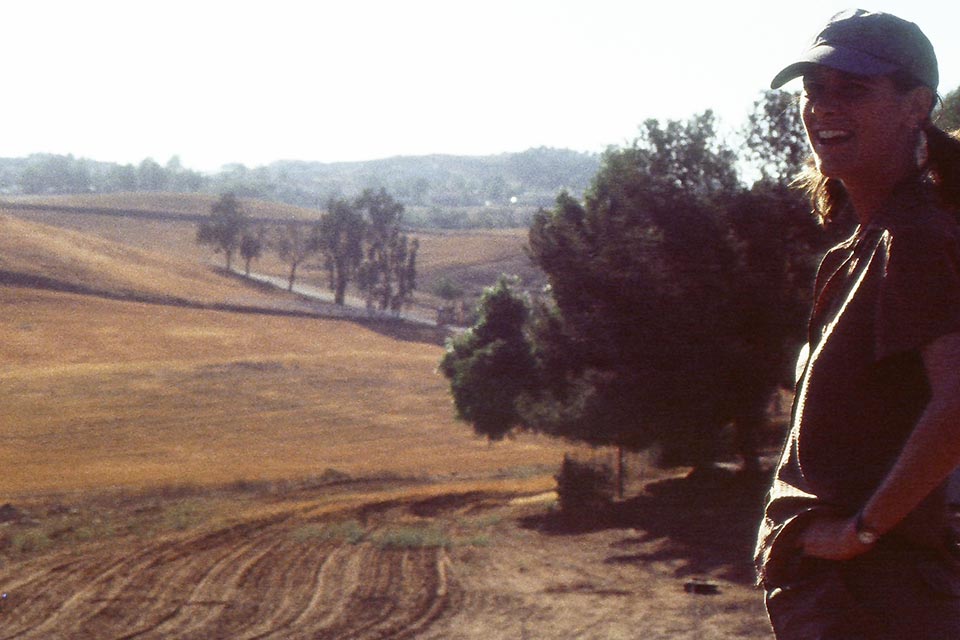
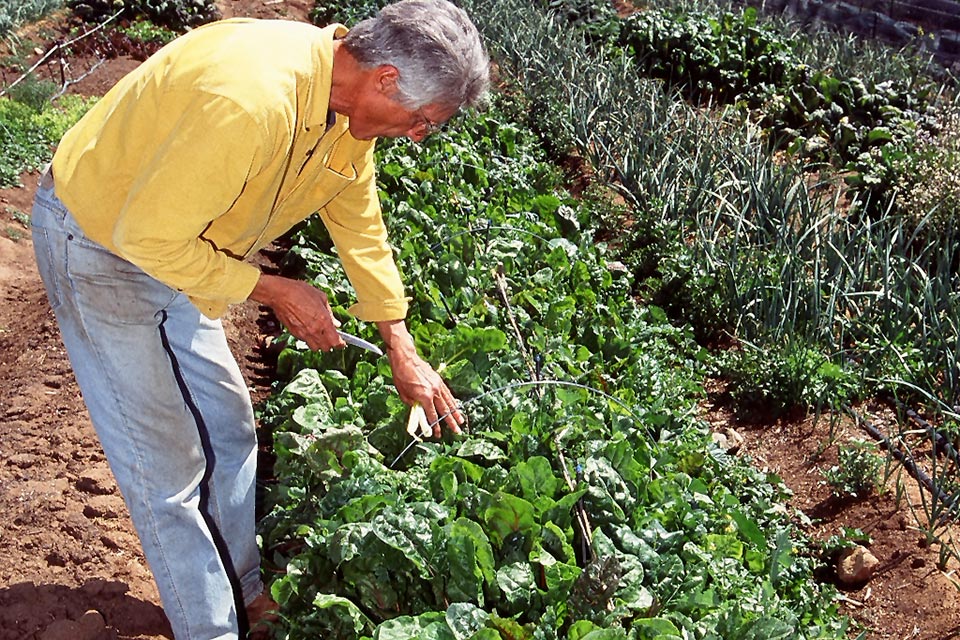
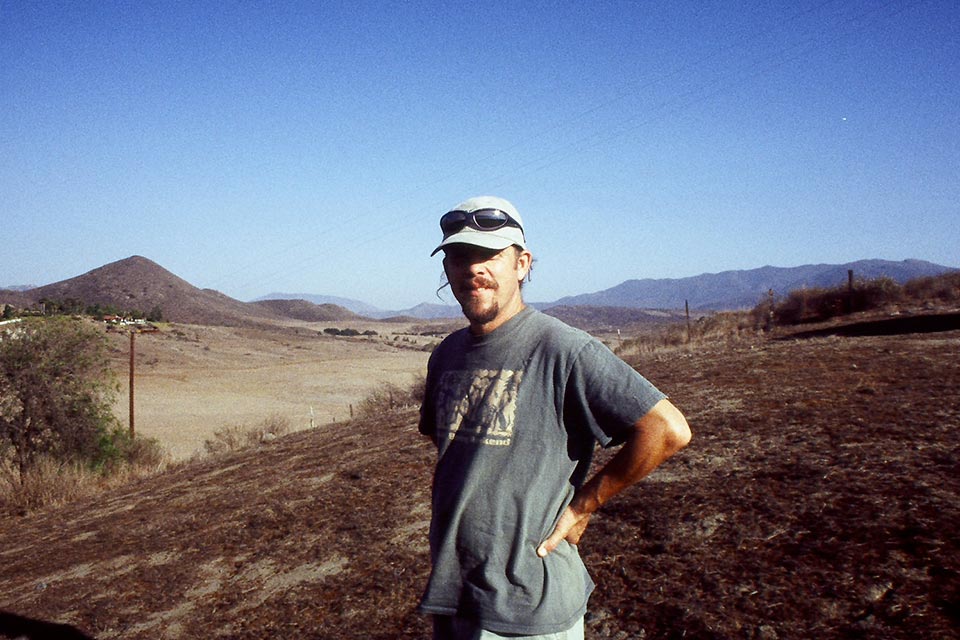
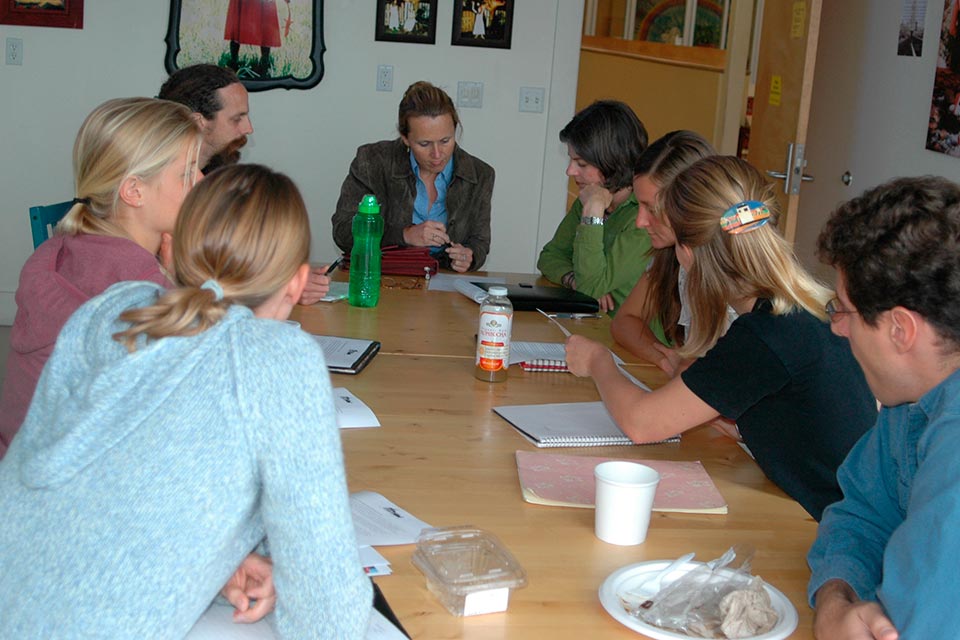
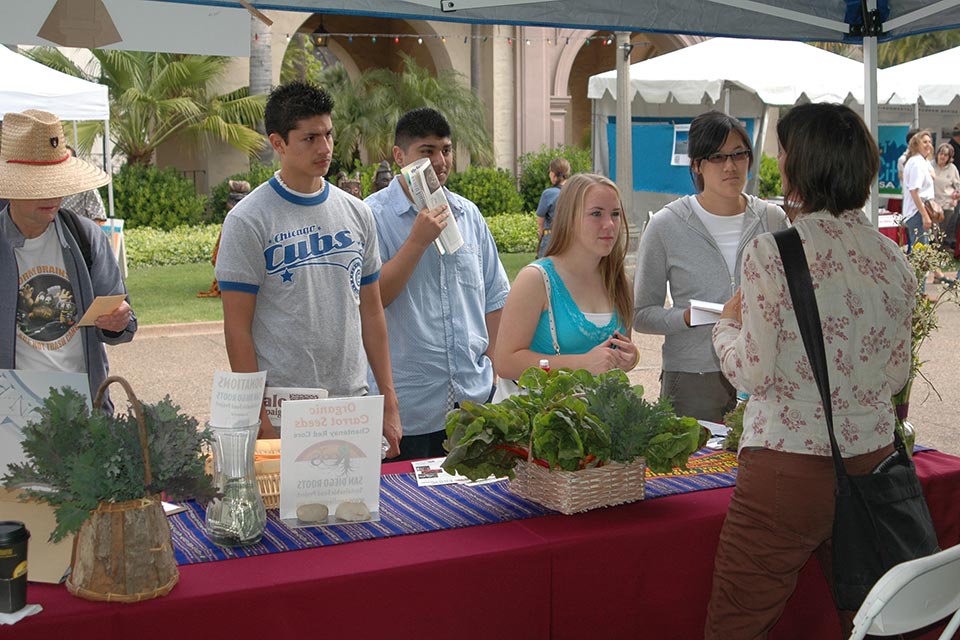
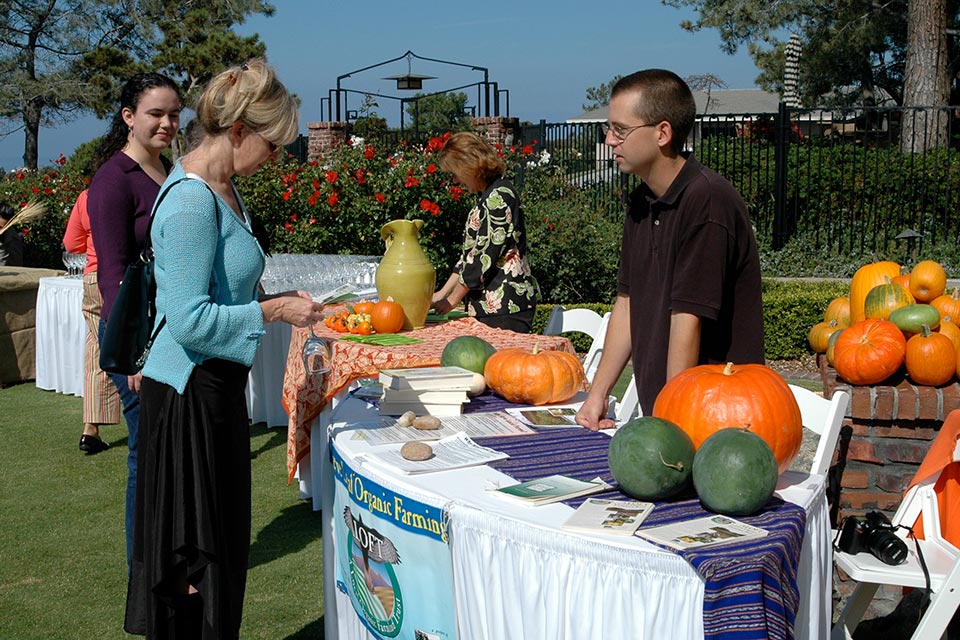
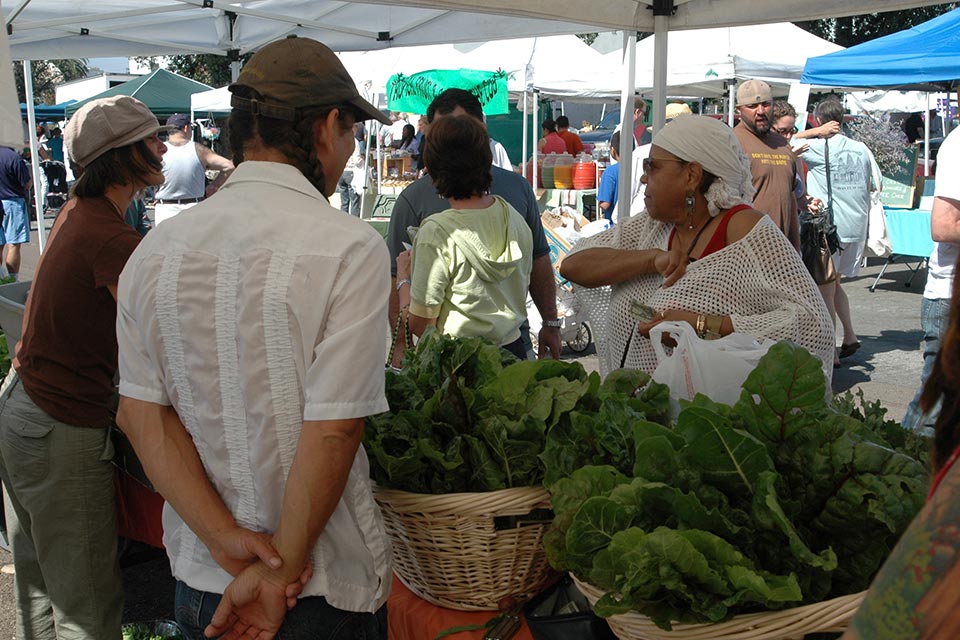
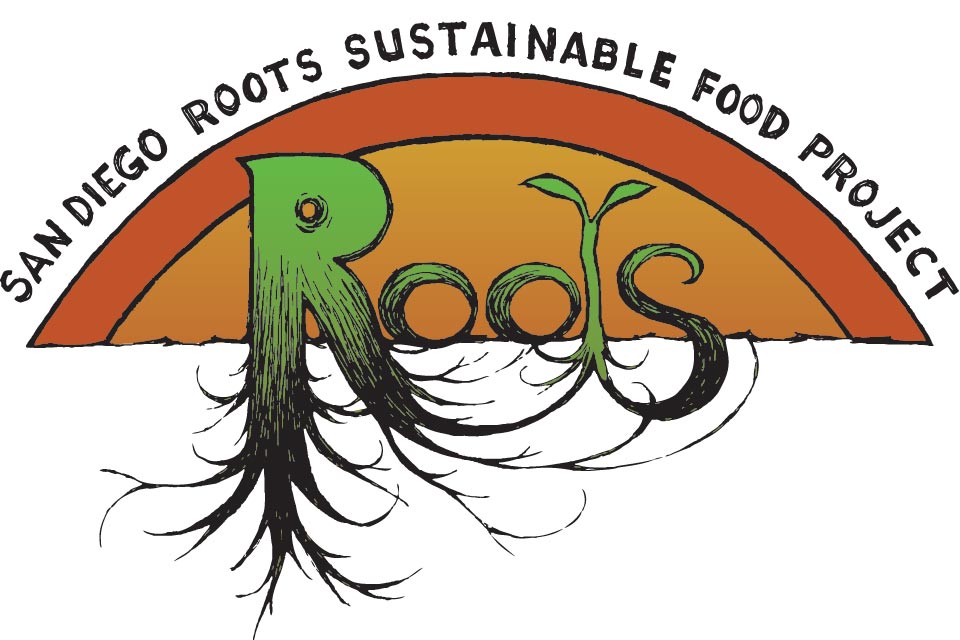
2004: Learning the ropes
Our desire to learn firsthand what it takes to be a farmer led us to farm a small plot of land in Jamul. In cooperation with a private landowner who offered us free use of a portion of his property, and working entirely with volunteers, we cleared the area, turned the soil, planted cover crops, installed irrigation, formed beds, amended the soil, and planted a succession of crops.
Through this process we had the opportunity to work with a variety of individuals, both expert and novice, to bring several seasons of crops to fruition. Over time, the project became unsustainable because we were unable to house a farmer at the property. We learned that farming is not a commuter job.
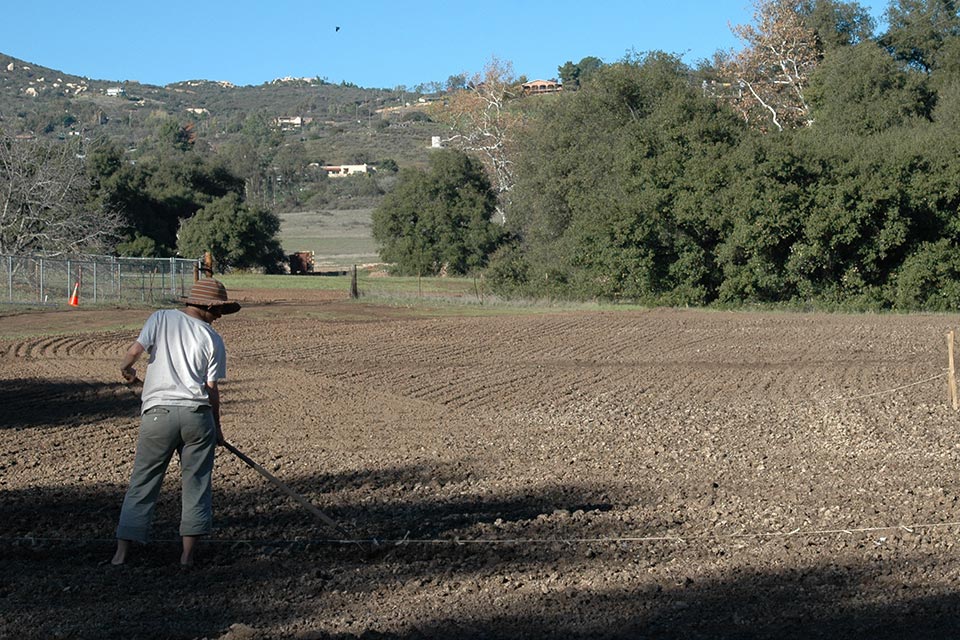
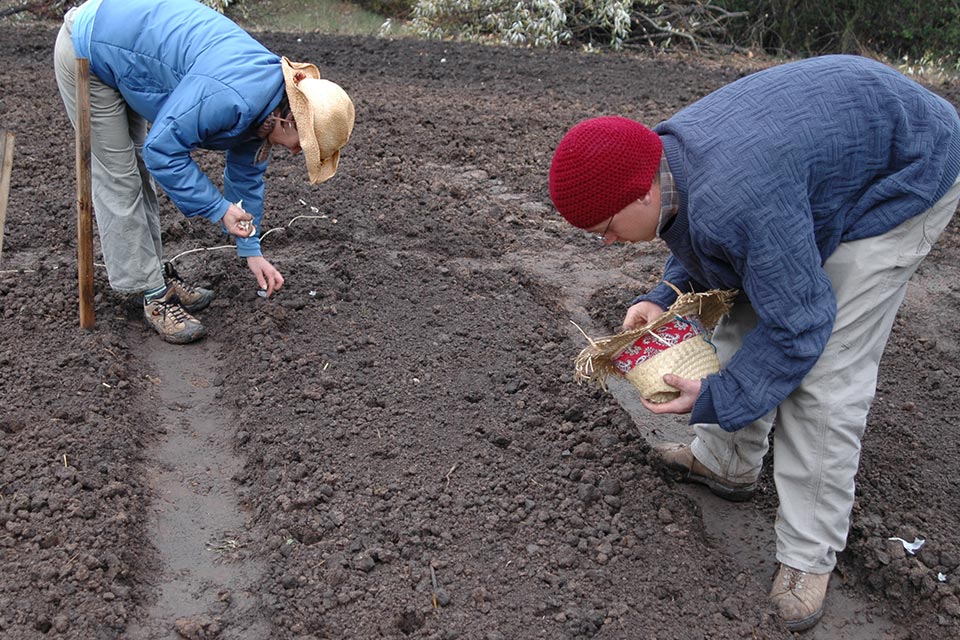
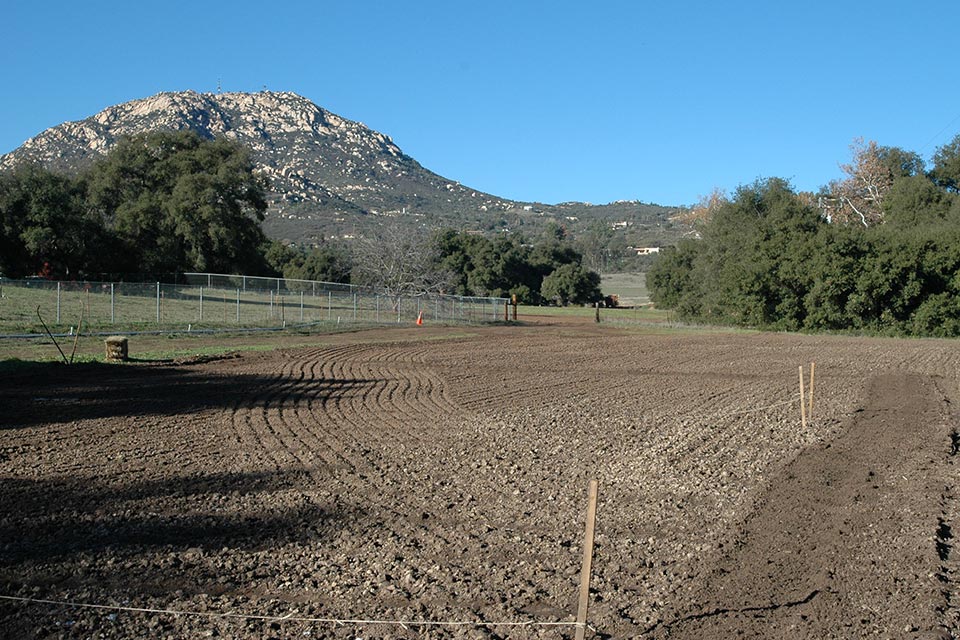
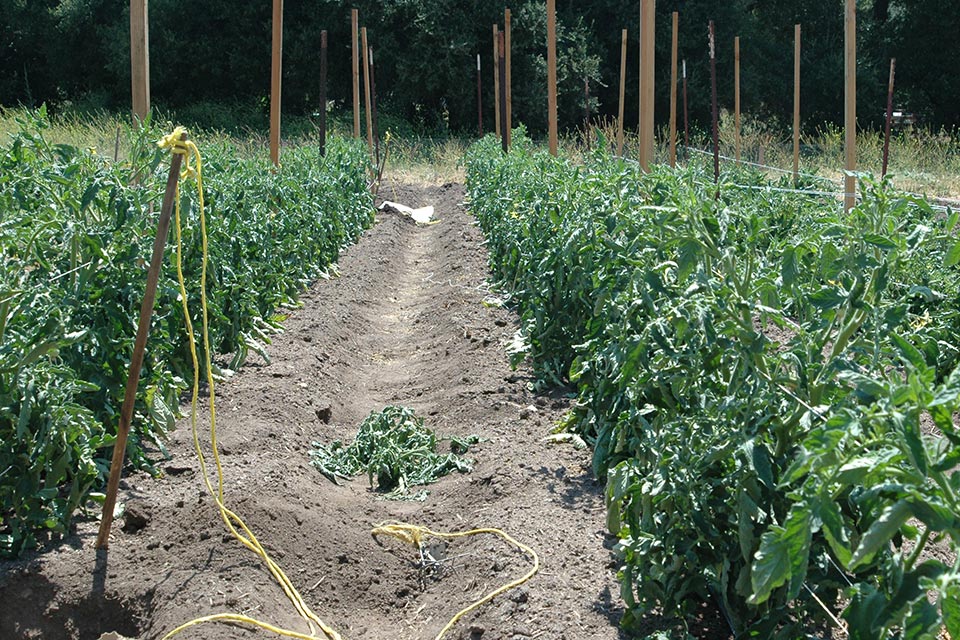
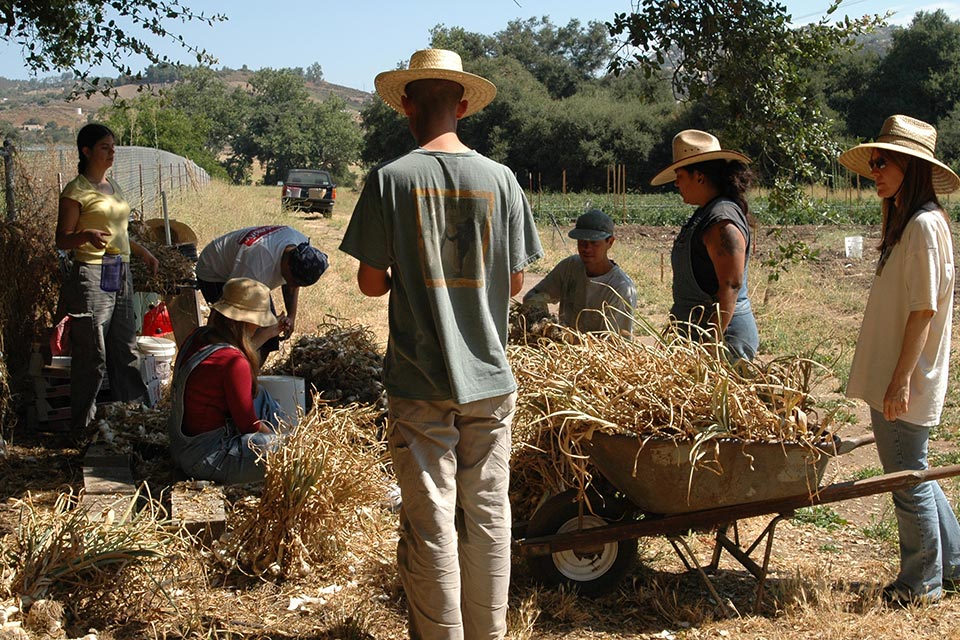
2005-2006: The Morse High School Terra Nova Garden
After a chance encounter with a school principal at a farmers market, we were invited to plant an organic vegetable garden on the campus of Morse High School in Southeast San Diego. Our first few months there involved working with a single teacher in a classroom, educating students about where their food comes from, planting seedlings, and having them do research and reports about how food relates to health issues such as childhood obesity.
The students performed a campus survey, gathering information about where local families buy their food, how much fresh food is used in cooking, how many meals are cooked in the home, the general awareness of local farms, as well as the cultural connection to food. Our survey revealed that few students regularly ate fresh vegetables, significantly because of lack of grocery stores in their underserved community. Most students’ diets consisted primarily of pre-packaged and fast foods; few had home-cooked meals on a regular basis; even fewer regularly ate vegetables.
After several months of planning, on June of 2005, we hosted a fundraising dinner at a local restaurant to raise funds to build the school garden. Several local chefs, using mostly local ingredients, prepared a meal for over 100 guests. Part of the program included a slide show and talk given by students about the future school garden and the connection between food and health.
Using the money we raised, in the fall of 2005 we broke ground on an under-utilized, hard-packed construction yard that consisted nearly entirely of clay and gravel. Using all volunteer help, including students from the campus, we cleared brush and landscaping from an underused portion of the campus, rototilled and amended the soil, created beds, and began planting.
During this time, Morse High School — a campus of 5000 students — created several learning academies within the larger campus. One of those academies, Terra Nova, was focused on science, environmental education, and health, and the garden became the Terra Nova Garden, working hand-in-hand with the school’s culinary arts program — the garden growing basil for pesto and the chefs bringing food scraps for the compost pile.
We hosted a second fundraising dinner in June of 2006. The funds raised at that event helped us build a greenhouse; buy material to build raised beds; buy soil, soil amendments, fruit trees, plant starts and materials; hoses, tools, plumbing and irrigation supplies; and other materials to further advance the program.
In June of 2007, the garden was awarded a $30,000 grant to create and operate an after-school program called “Seeds of Leadership” (SOL), which involved eight-week sessions of six to eight students per session. In addition to working the garden, participants learned public speaking, went on field trips to local farms and gardens, grew food for a campus diner, and sold excess produce to the community at an on-campus stand. Upon their successful completion of the program, students receive a $400 scholarship.
Sadly, after a change of principals and budget cuts, the garden met the fate of many school gardens and shut down. During our years there we introduced the delicious satisfaction of growing one’s own food to dozens of students and sparking the development of future gardeners.
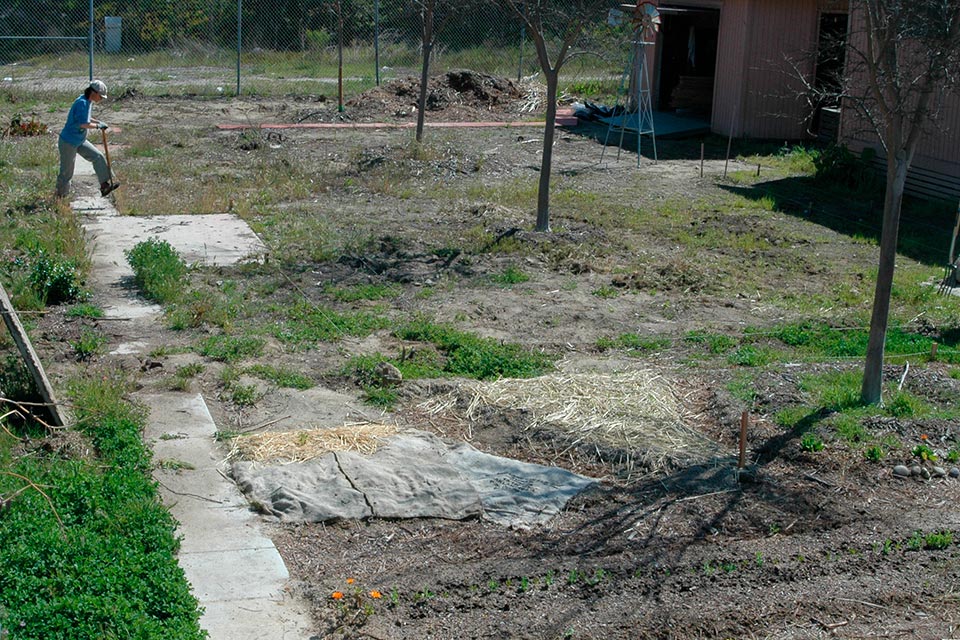
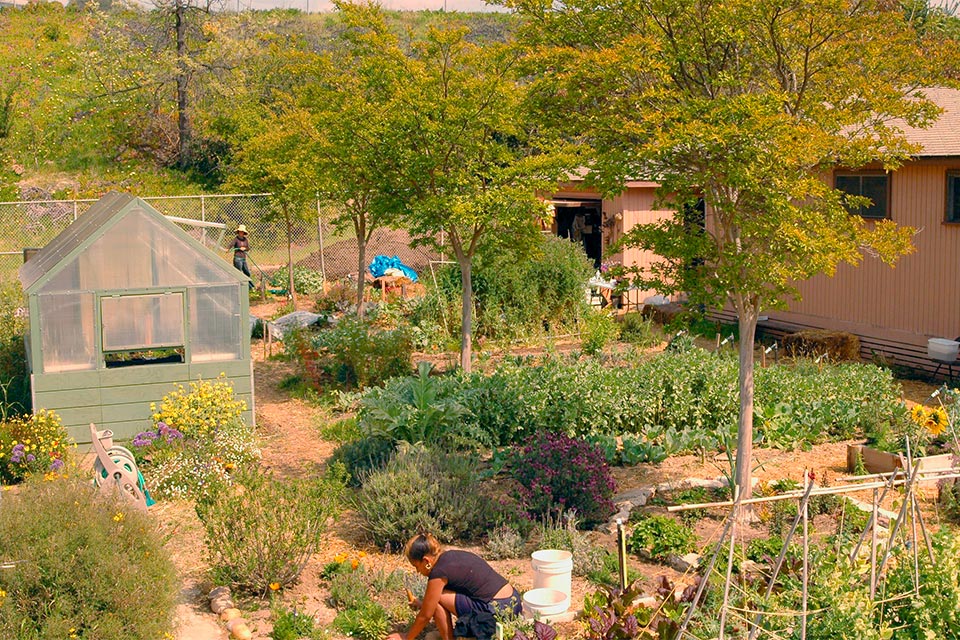

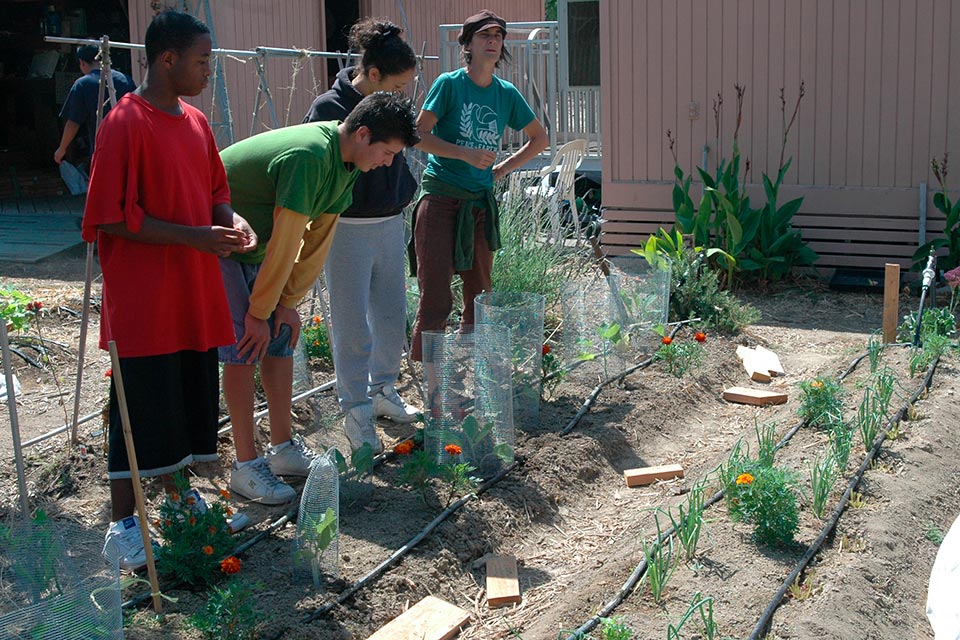
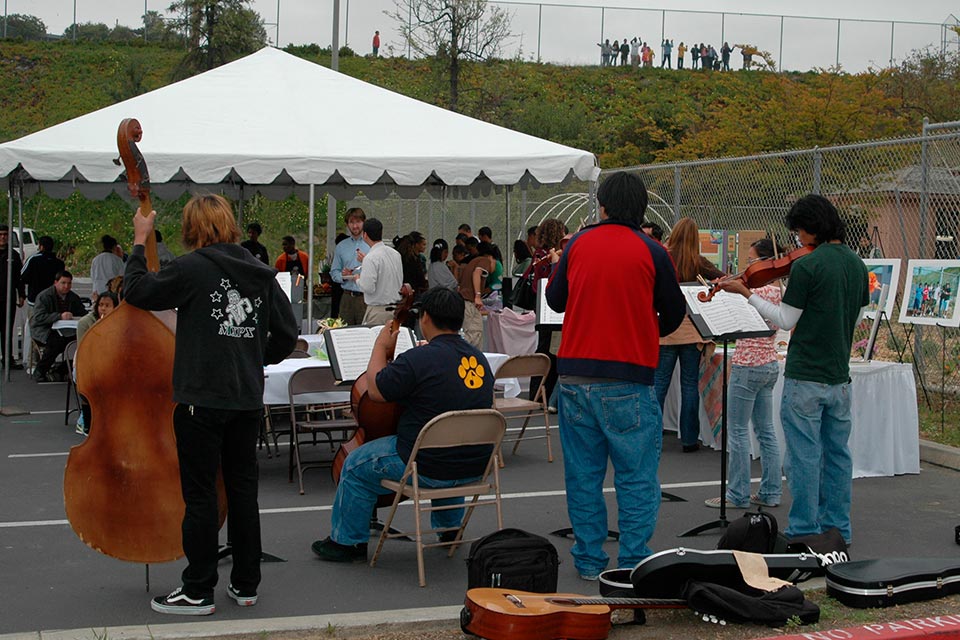
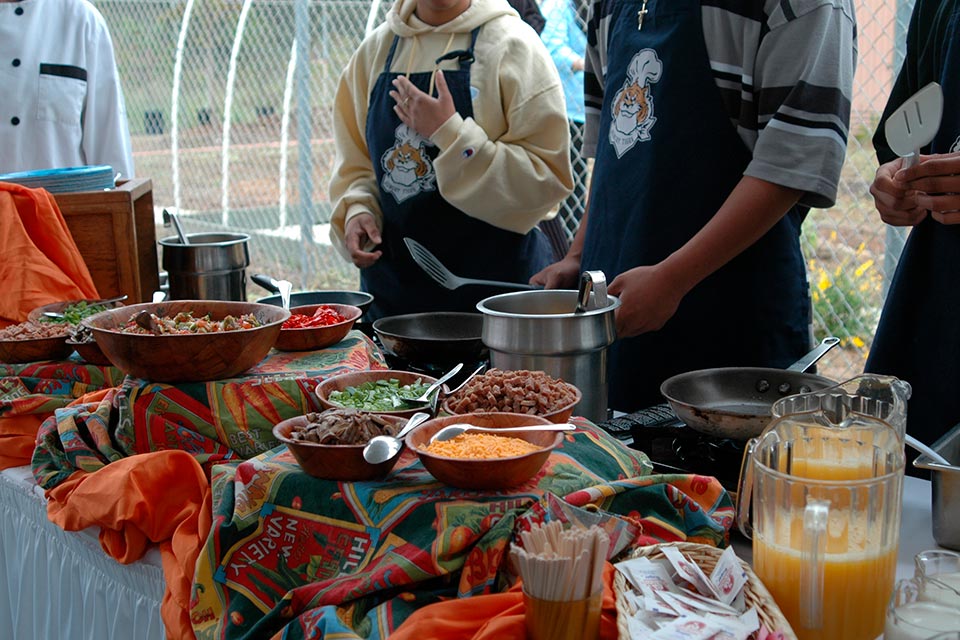
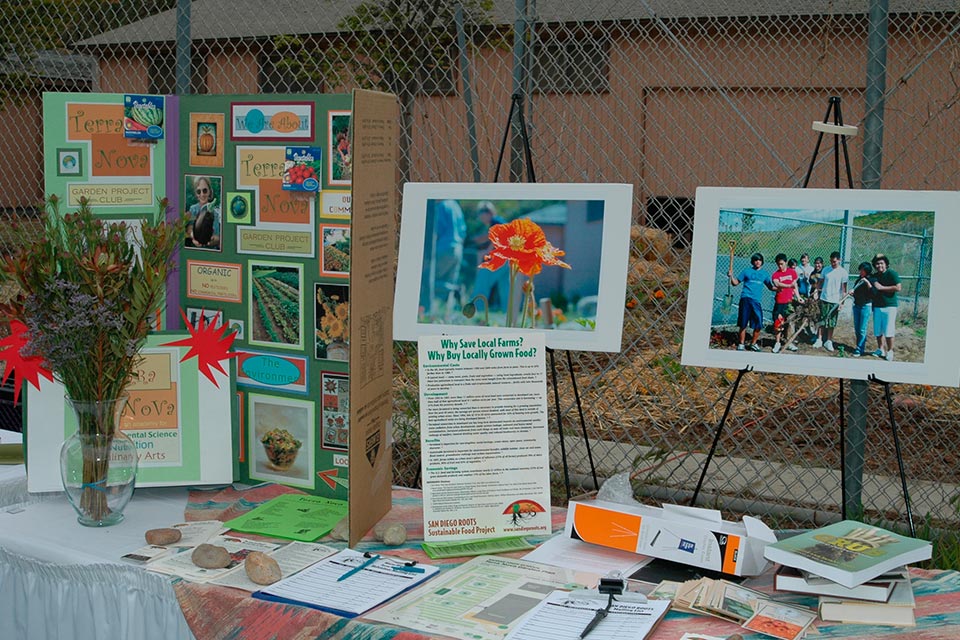
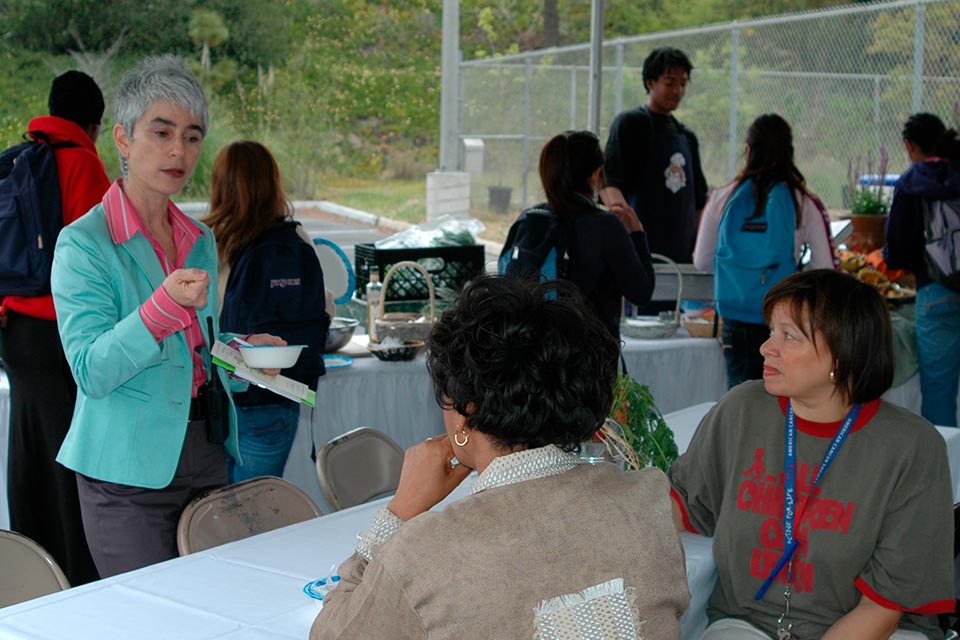
2007: Gathering a vision, a group, an organization
The loss of Good Faith Farm and the Terra Nova Garden might have thwarted most, instead it elevated the need for our work. We had become activated friends with a common calling to make a difference in our community. We had discovered our purpose in teaching people how to grow food, especially those with limited access to fresh produce. Losing land to development and a school program to turnover brought us to understand that the fullest level of our work could best be accomplished with an educational farm of our own.
We began talks with other community groups and organizations — notably Ocean Beach People’s Organic Food Co-op — about the advantages of creating a local, sustainable educational farm for our region. The Co-op has a long history of supporting organic agriculture in general and school-to-farm field trips in particular, so they were a natural partner in the project. They offered their community room for meetings.
Participating in events with community organizations and talking about the project helped us gather a dynamic group of people capable of building a grassroots community organization to advocate for small farms and locally grown food. We started meeting weekly to map out a strategy, went on a search for farmland, and began making plans for a fundraising campaign to buy land once we found it.
Realizing the necessity to make decisions quickly and act on our own, in August of 2007 we began the process of organizing as a non-profit. On November 15, 2007, after a year of bylaw writing and application filing, we were incorporated as San Diego Roots Sustainable Food Project, a California Public Benefit Corporation. On November 1, 2008, we acquired our stand-alone 501(c)3 status from the IRS. Now the real work had begun!
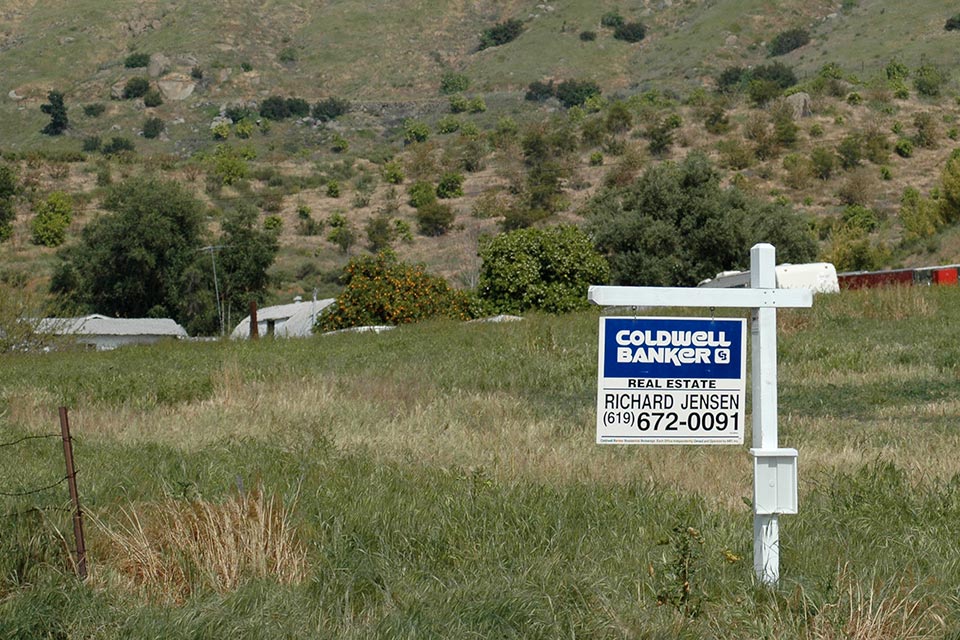
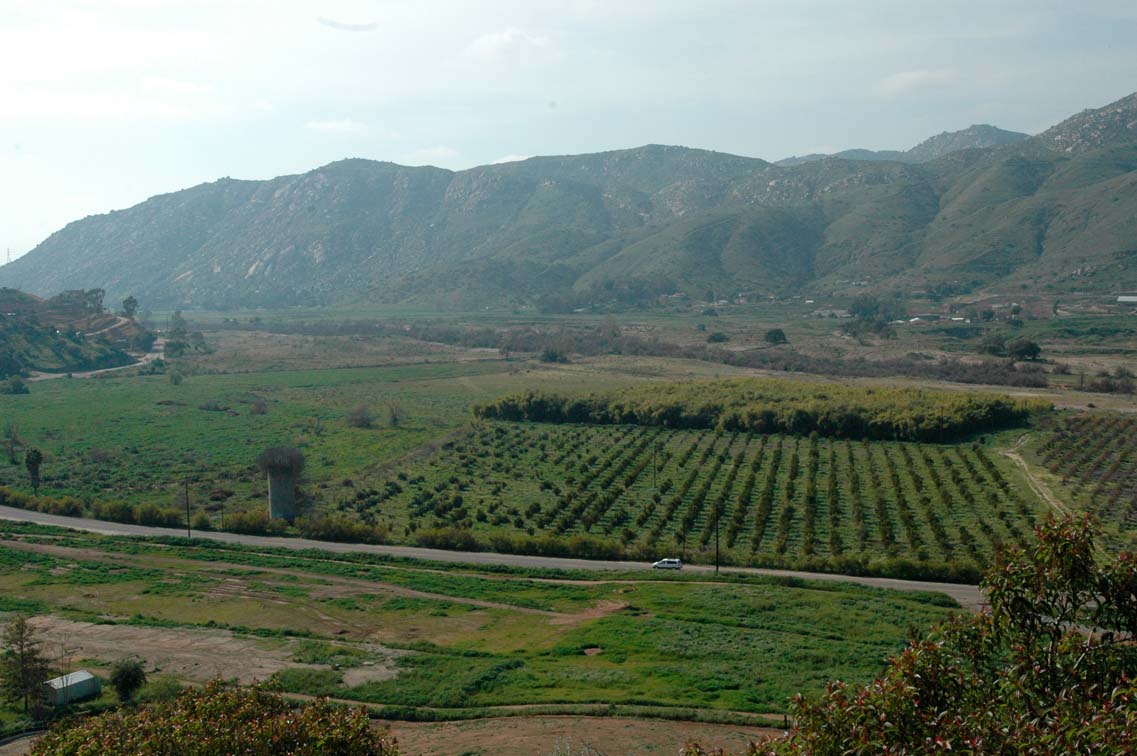
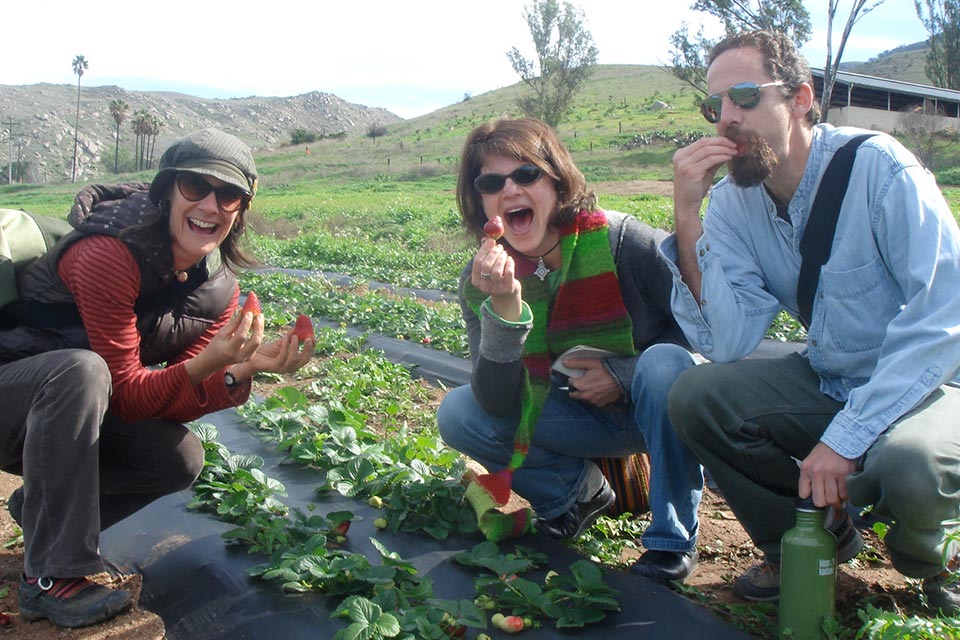

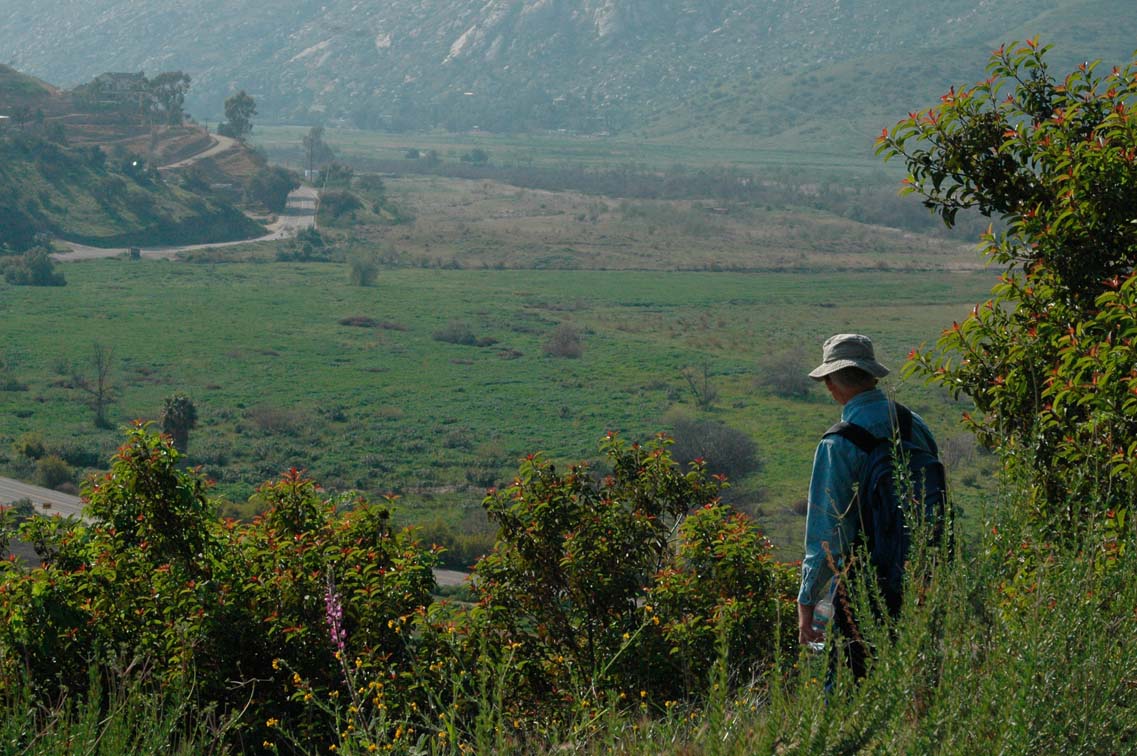
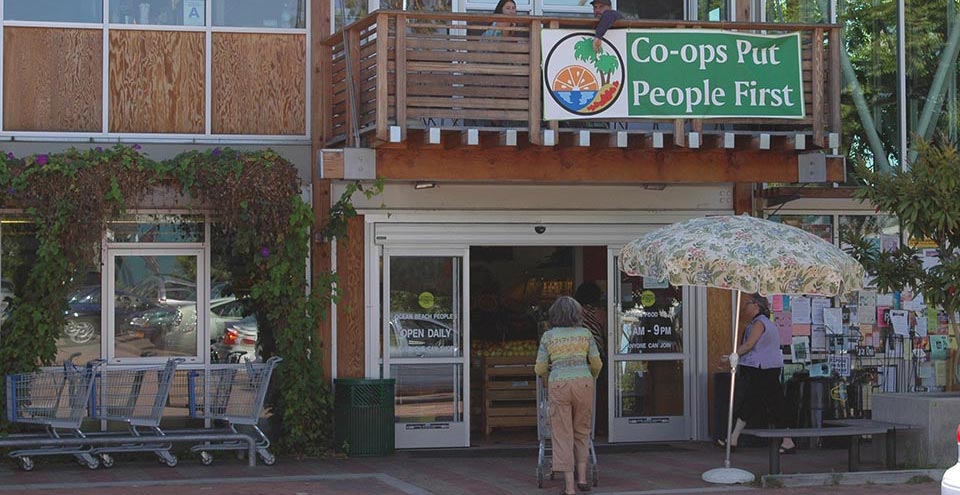
2008: Seeds@City, San Diego City College
Early in 2008, we were approached by staff and faculty at San Diego City College, in the heart of downtown San Diego, about developing an urban farm on the school’s campus. They had recently toured the garden at Morse High School and thought something similar would be a great addition to their school.
After planning throughout the spring, ground was broken in June of 2008, transforming what was a seldom-used lawn into a vibrant, active, and beautifully alive (and delicious!) small farm. Apprentices and volunteers eagerly worked throughout the summer and when the school opened for the fall, students, faculty and staff were amazed at what was now happening on their lawn.
Dubbed Seeds @ City, this program developed quickly, and in the Fall semester of 2010, credited classes in urban agriculture were offered, the first in San Diego County!
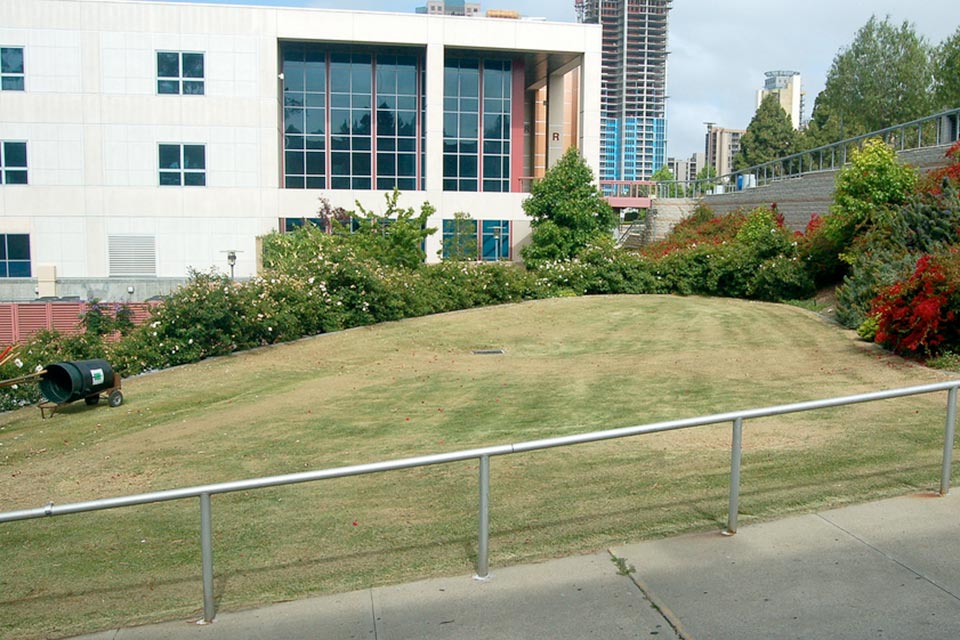
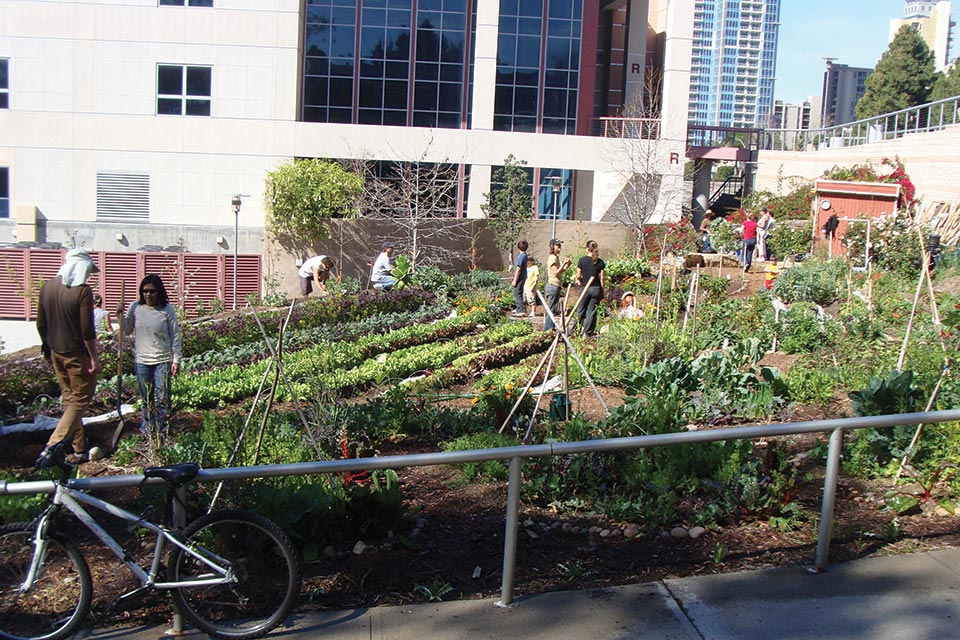

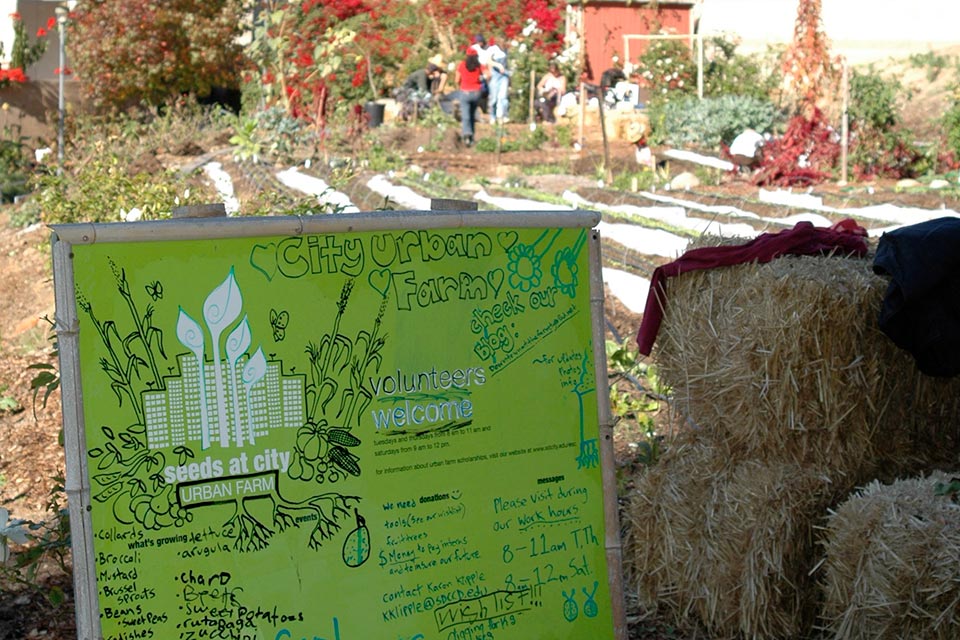
2009-2015: Victory Gardens San Diego
San Diego Roots experienced a lot of growth in 2009 as more people became aware of the vital role local food plays in a healthy community. To meet a growing demand of people wanting to learn gardening, we developed our wildly successful Victory Gardens San Diego program, teaching folks how to grow food in their homes, schools, and community, and doing garden installations at all these types of locations.
VGSD’s model is built around education — each garden installed became a class of novices beginning to learn how to grow their own food. We called the program, “Gardening 101,” and developed a sturdy curriculum that covers all the basics: site selection, building beds and soil, composting, garden seasonality, crop selection, seeding and planting, all the way through to harvest.
In our first year, with the help of hundreds of volunteers, VGSD installed 14 home gardens, provided assistance and material to four schools and seven organizations, and offered three six-session “University of Gardening” classes, one taught in Spanish.
Under a grant from the Department of Health and Human Services, in partnership with the County of San Diego’s Healthy Works project, the University of California San Diego, and the Childhood Obesity Initiative, we developed three, free gardening manuals for home, school, and community gardens, written in both English and Spanish.
VGSD built almost 100 gardens and taught over 800 people how to grow their own food before the program ended in 2015 when our educational programs moved to Wild Willow Farm & Education Center.
2010-2019: Wild Willow Farm & Education Center
In 2010 we found the land we had been searching for to start our Farm and Education Center. In June 2010 we began leasing five acres inside a County Park in the Tijuana River Valley. The land was just what we were looking for: within close reach of many San Diegans (15 minutes from downtown San Diego); former farmland with alluvial soils; mild climate, and surrounded by native habitat.
After a few months of brush clearing, we started the farm with a kick-off party on June 26th. We had farm tours, seed-planting, music, local appetizers, local drinks, and great friends. It was also the kick-off of our Grow the Farm Campaign to raise $80,000 for our first year of the farm. A key moment was the simultaneous planting of the first seeds by 100 people.
Wild Willow Farm was built from the ground up as an educational farm practicing and teaching sustainable agriculture. There, we offered community members the opportunity to connect with food sources and learn how to grow their own food for their personal and community’s well-being.
Among the first programs we developed was a field-trip program for city and county school districts to bring local school kids to the farm to learn about where their food comes from. We educated students about the food system and how eating fits into our greater ecological footprint; we encouraged students to start gardens at their own schools and help provide resources and volunteers to make that possible. We taught students and their parents about the relationship between food and health.
In 2012 we developed Wild Willow School for Sustainable Farming, an in-depth adult farm school that taught the fundamental aspects of how to grow food for profit, and trained the next generation of ecological farmers. Between 2012 and 2019, we trained over 400 students, many who have gone on to start their own farms or are engaged in teaching others how to grow food where they live.
In addition to farm school, we offered individual workshops including gardening, composting, cooking, vermiculture, beekeeping, fruit trees, seminars on food and health, natural pest control, organic soil amending, animal husbandry, and more. Produce grown at the farm was mostly marketed to local supporters through our Farmshare CSA program.
The farm project grew beyond our wildest dreams; as it did it became clear that in order for it to continue to grow and meet an ever-increasing demand for our programming, it needed stronger administrative and funding support. We looked around our community for a partner who could provide that.
We had been working side by side with the Resource Conservation District of Greater San Diego County to present the annual Soil Shindig in the Tijuana River Valley. We shared a similar passion for environmentalism and a goal to enrich the local agricultural community. Being the partner we were looking for, in September 2019 we relinquished ownership of Wild Willow Farm to the RCD who have continued the farm’s operations.
We then took a hiatus while COVID-19 raged, while beginning to work with SunCoast Market Co-op future engagements.
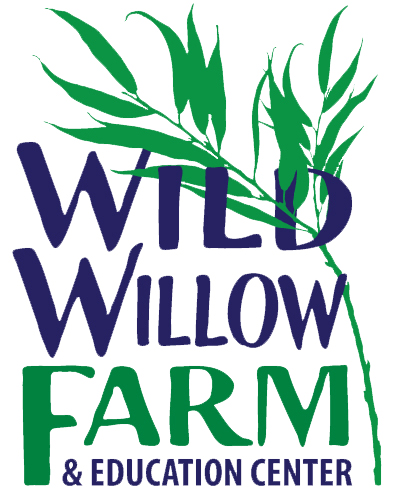
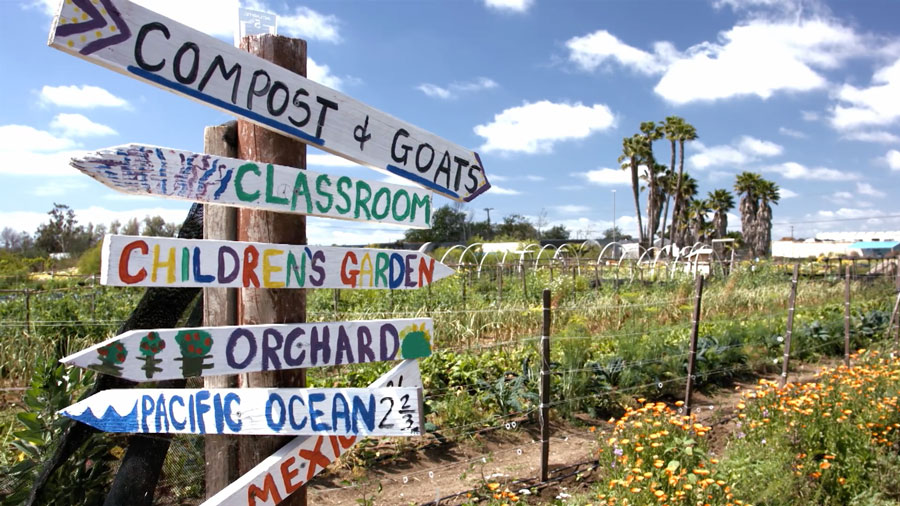
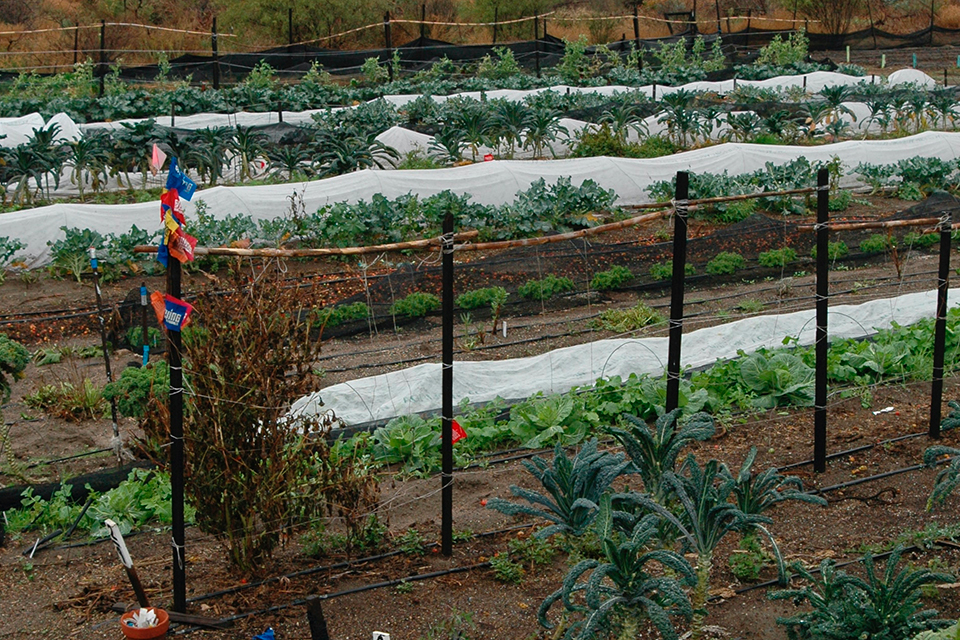
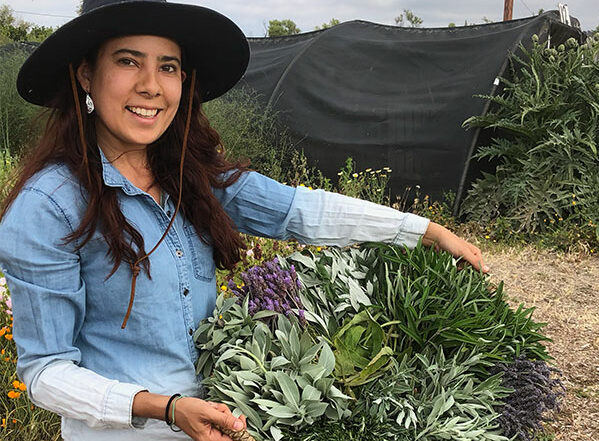
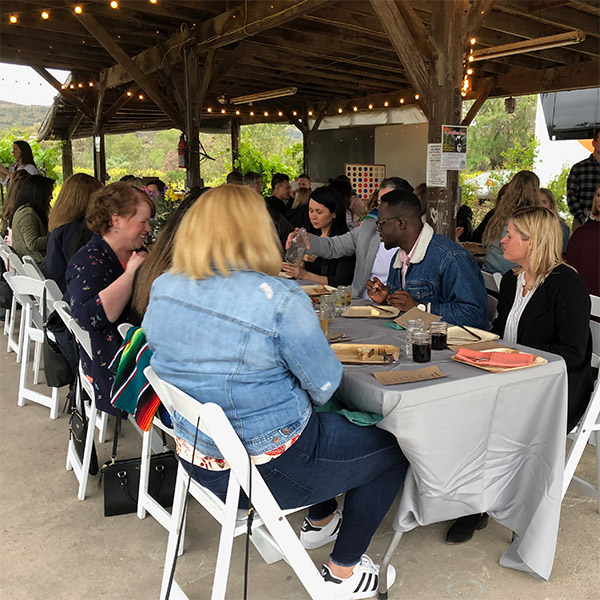
2022: Addressing food access and insecurity in Imperial Beach, California
Our organization’s home base is Imperial Beach, California, the most southwesterly city in the continental United States. The city of 27,000 is bordered by the Pacific Ocean, the San Diego Bay National Wildlife Refuge, and the beautiful Tijuana River Estuary Reserve. The City of Tijuana, Mexico is our neighbor to the south, the City San Diego to our north and east.
This city of 27,000 does not have a full-service grocery store with reliable fresh produce. Demographically, the community is 69% People of Color, 51% Hispanic, with a median income 34% below the county average — all factors that make the city unattractive to grocery store operators. So every day these 27,000 people are forced to travel distances to the nearest grocery store or rely on the meager pickings from fast food, convenience stores and outlet markets closer to home. The city suffers heavily from obesity and chronic, diet-related disease.
Fed up with these circumstances and wanting to provide a workable solution to food access and insecurity in their town, in 2015 a group of I.B. residents began organizing to open a food co-op — a store owned by the community it feeds. Local food, local produce, local control.
The store would feature locally grown produce and locally produced goods, as well as bulk foods to reduce packaging, with a high concentration of foods produced organically. Embedded in the co-op’s principles are education about food, nutrition, and how food and community health are related.
Now with over 900 paying members, the co-op is slated to open in 2023, which is where we come in….
SunCoast Market Co-op offers the most-meaningful, long-term way to address critical food access and insecurity issues in Imperial Beach. Recognizing this, San Diego Roots Sustainable Food Project has partnered with SunCoast Market Co-op to fundraise toward opening the store. We’ve established a dedicated fund, the SunCoast Community Fund, to use to gather donations and grants to build and open the store. With a $3,000,000 budget, we’ve got our work cut out for us. Please make a tax-deductible donation today!
Where we’re at and where we’re going
In 2023, we developed a program called SunCoast Community Fund, and became a fiscal sponsor for SunCoast Market Co-op to help receive local and small donations to help open the market, now scheduled for late 2024.
In partnership with the co-op, we’re developing plans to offer food-centered educational programs to the community, including culturally relevant cooking, nutrition, and gardening classes in English and Spanish.
We are passionate to bring attention to local food issues and educating the public about where their food comes from.
We live in one of the best growing climates in the world, and we are learning and teaching ways to better take advantage of it for all who live here now and for future generations.

